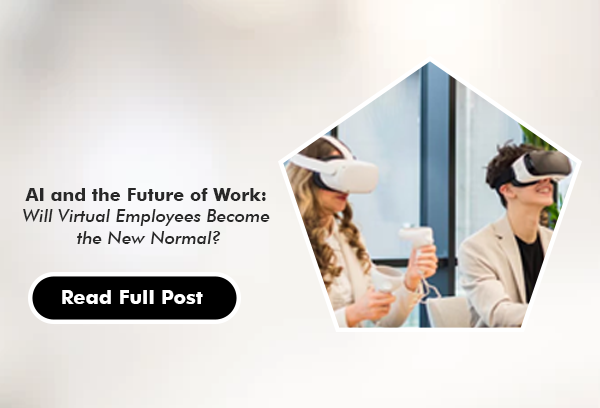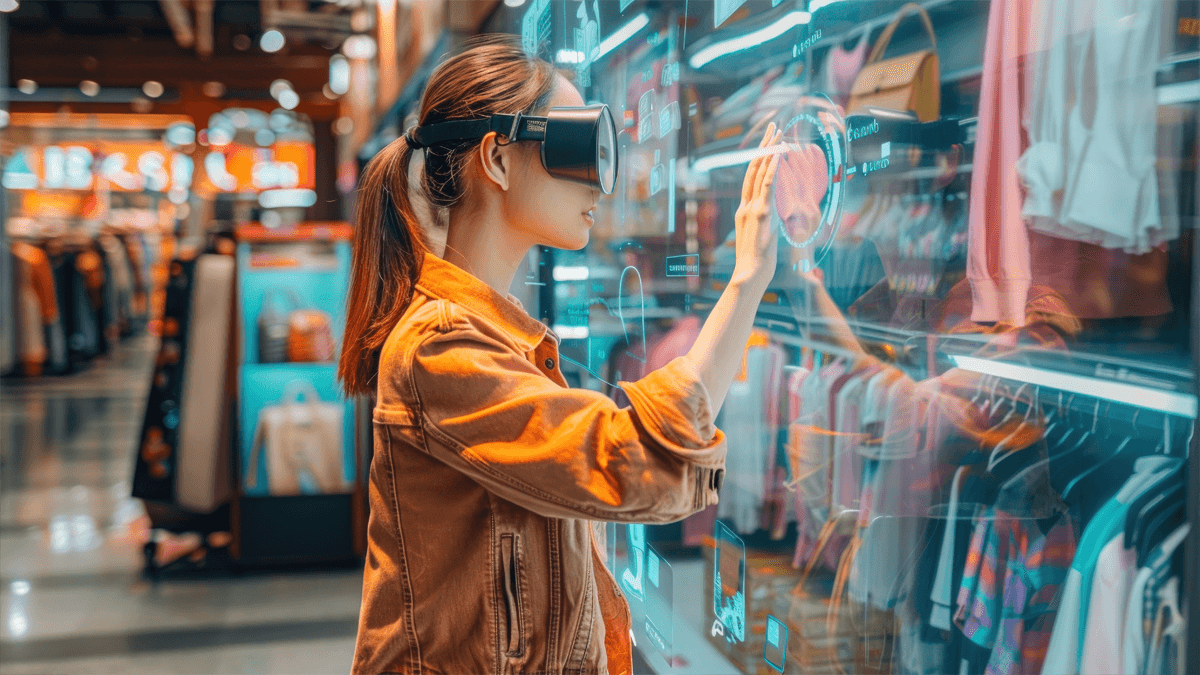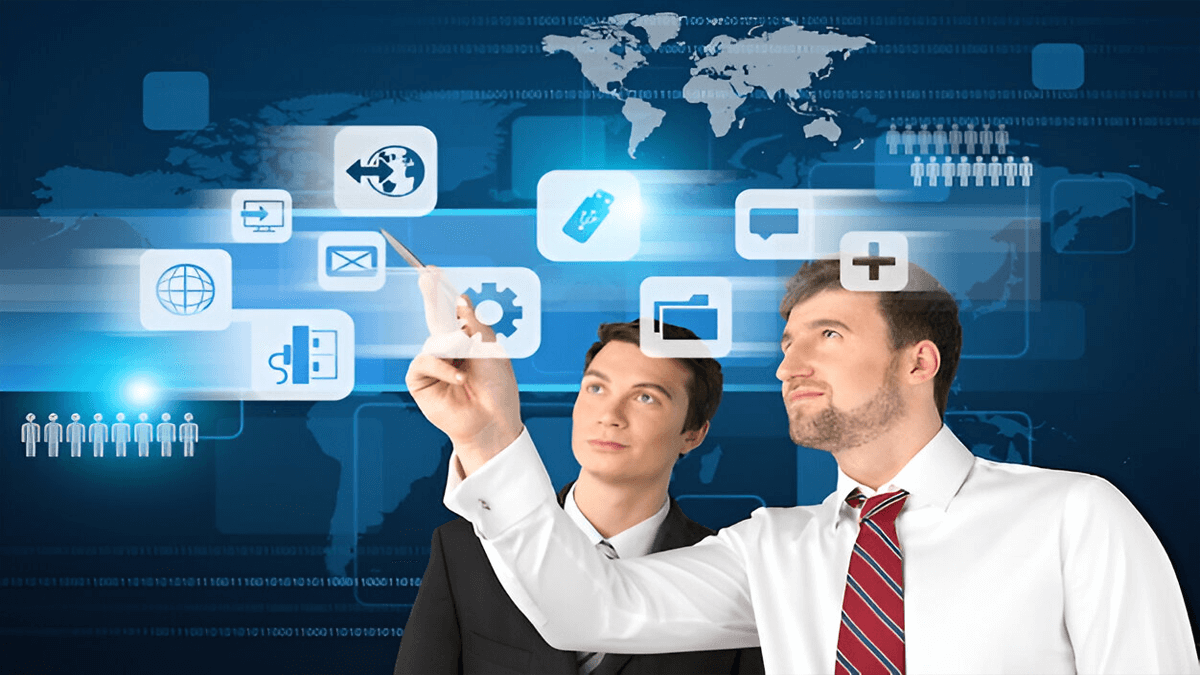How would you feel if your next colleague wasn’t human but an AI-powered digital assistant capable of managing tasks with speed, precision, and even a bit of personality? The rise of Artificial intelligence capabilities is no longer a futuristic fantasy but a rapidly emerging reality. As AI continues to reshape industries and redefine how work gets done, the concept of virtual employees working alongside humans is gaining traction. But what does this mean for the future of work, and how should businesses prepare for this new dynamic?
Let’s explore the impact AI-generated digital colleagues could have on the workplace of tomorrow.
The Rise of AI-Generated Virtual Colleagues
AI has already made waves across industries like retail, healthcare, and manufacturing, automating processes and driving efficiency through machine learning and intelligent systems. Now, the next evolution of AI is unfolding in the form of digital colleagues—virtual employees that go beyond simple automation.
These AI-powered digital colleagues aren’t just bots designed for repetitive tasks like answering customer inquiries or scheduling meetings. They are highly sophisticated AI systems capable of learning from data, adapting to new challenges, and even offering insights for complex decision-making. The idea is to complement human workforces by offloading routine, data-driven tasks, allowing human employees to focus on creative problem-solving, strategic thinking, and relationship-building.
How Virtual Employees Operate?
AI-generated digital colleagues are a thing of the future which are built on robust frameworks that integrate natural language processing (NLP), machine learning (ML), and neural networks. This technology enables them to understand and respond to human communication in natural language, perform tasks autonomously, and make decisions based on learned data or programmed ethical standards.
A digital colleague may start with handling basic tasks such as organizing data or scheduling meetings but can gradually take on more complex roles like project management, client communication, and even creative brainstorming. One of the key features of virtual employees is their ability to continuously learn and adapt. As they process more data and encounter new tasks, their capabilities improve, enhancing workplace efficiency and effectiveness.
Benefits of AI-Generated Digital Colleagues
The integration of AI-generated digital colleagues into the workforce comes with several exciting advantages that promise to reshape the traditional office environment. Here are some of the key benefits:
Increased Productivity: Virtual employees can process information faster than humans, complete tasks with greater accuracy, and handle large volumes of data. This allows businesses to streamline workflows, improve efficiency, and enhance productivity without the risk of human error.
24/7 Availability: Unlike human employees, AI-generated digital colleagues don’t require breaks, sleep, or vacation time. This enables businesses to maintain round-the-clock operations, providing continuous customer service, project management, or internal support, even across different time zones.
Cost Savings: Hiring, training, and maintaining human employees can be costly, particularly for repetitive or administrative tasks. Virtual employees can take over these roles, offering businesses significant cost savings while maintaining productivity levels.
Enhanced Collaboration: AI-generated colleagues can facilitate better collaboration between teams by automating processes, managing workflows, and keeping stakeholders informed. They can also support remote or hybrid work environments by ensuring that projects continue to move forward smoothly.
Personalization and Adaptability: One of the most appealing aspects of AI digital colleagues is their ability to learn and adapt to specific needs. Over time, they can offer tailored solutions, improving overall efficiency and responsiveness.
Concerns About Virtual Employees
While the benefits of AI-generated digital colleagues are compelling, there are also significant concerns that need to be addressed:
Job Displacement: One of the most pressing fears about AI in the workplace is its potential to displace human jobs. If virtual employees can perform tasks previously handled by humans, some workers may face job loss or obsolescence.
Data Privacy and Security: AI-generated digital colleagues rely on vast amounts of data to function effectively, raising questions about how personal and sensitive information is handled. Businesses must implement strong data protection protocols to ensure that AI systems operate securely and ethically.
Bias in AI Decision-Making: AI systems are only as good as the data they are trained on. If that data contains biases—whether conscious or unconscious—those biases could be reflected in the AI’s decision-making.
Loss of Human Connection: While AI-driven virtual employees can improve efficiency, there is a risk that over-reliance on them could diminish human interaction in the workplace. Emotional intelligence, empathy, and creative collaboration are uniquely human traits that AI still struggles to replicate.
The Future of Work: Collaboration, Not Replacement
The rise of AI-generated digital colleagues doesn’t signal the end of human employment but rather a transformation in how work is organized. Instead of viewing AI as a replacement for human workers, businesses should focus on creating an environment where AI and humans can collaborate effectively.
By allowing AI to handle routine, time-consuming tasks, human employees can devote more energy to complex, creative, and interpersonal aspects of their roles. Successful integration will depend on businesses’ ability to adapt, rethink job roles, provide continuous learning opportunities, and foster environments where both AI and human talents can thrive together.
Conclusion
AI-generated digital colleagues are set to become a vital part of the future workforce, offering unprecedented efficiency and innovation. However, as businesses embrace these virtual employees, it’s essential to address concerns about job displacement, data privacy, and the potential loss of human connection. With thoughtful integration, AI can complement human abilities and redefine the future of work, where collaboration between man and machine is key.




